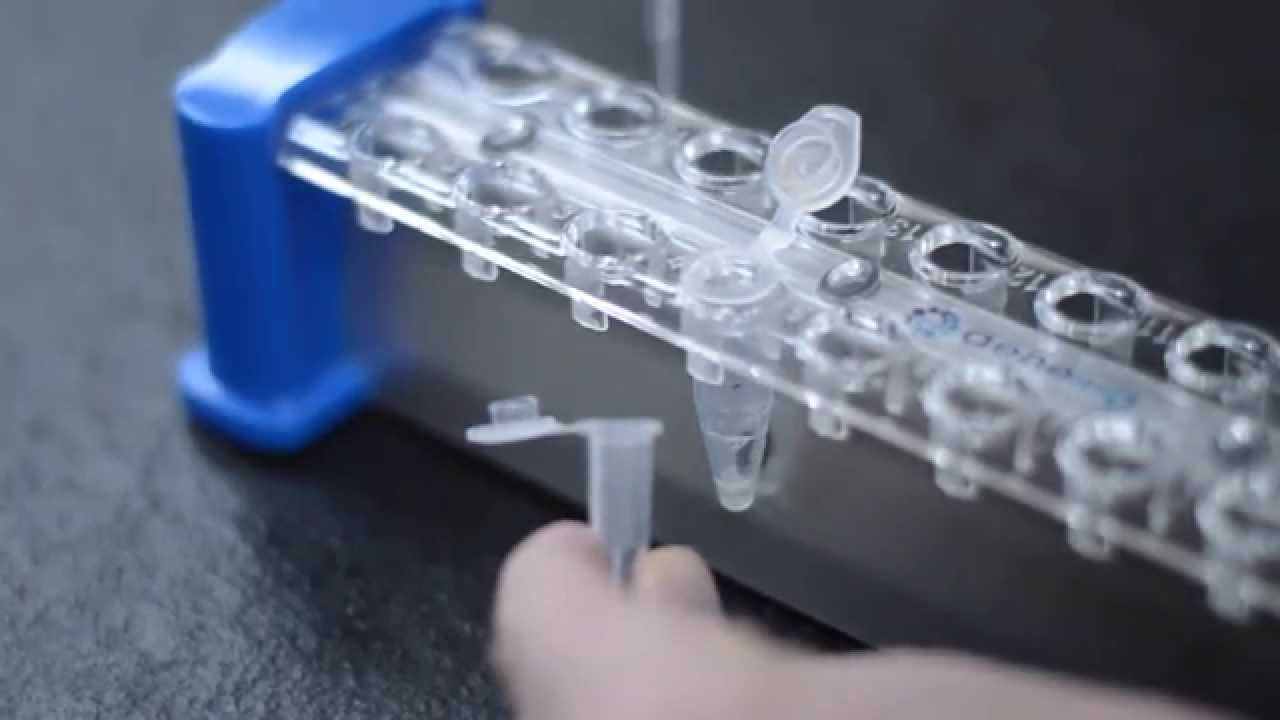Ever wondered how DNA is extracted from cells? With the availability of DNA extraction kits, it is now possible for anyone to extract their own DNA easily at home. In this article, we will explore what DNA extraction kits are, how they work, the different types available and provide step-by-step instructions to extract DNA.
What are DNA Extraction Kits?
DNA extraction kits are collection of reagents and consumables packaged together for extracting DNA from biological samples like saliva, cheek cells or blood. They contain chemical solutions and other materials needed to rupture the cell membranes, digest cellular proteins, and isolate the DNA. The kits are tailored for use by students, teachers or anyone to extract their own DNA as a fun science project or learning experience.
How do DNA Extraction Kits Work?
All cells contain DNA packaged within the nucleus. To extract the DNA, one needs to first break open the cell membrane or nucleus to access the DNA. DNA extraction kits work on the process of cell lysis where the cell membrane and nuclear membrane are disrupted using lysing solutions containing detergents. Once the cells are broken open, proteins are removed using proteinase K or other protein digesting enzymes. The proteins and other cell debris are then separated from the DNA using salt precipitation. This leaves behind a purified sample of extracted DNA.
Types of DNA Extraction Kits
Depending on the type of biological sample, DNA extraction kits for different sources are available:
– Saliva DNA Extraction Kits: These kits contain everything needed to extract DNA from saliva samples. Saliva contains cheek cells which is a rich source of DNA. Saliva collection is non-invasive.
– Blood DNA Extraction Kits: Designed for extracting DNA from blood, these advanced kits give high yields but blood collection can be more invasive. Venipuncture is required.
– Tissue DNA Extraction Kits: For extracting DNA directly from tissue biopsies, these kits contain specialized lysis solutions to break open tough tissue matrices.
– Bacterial DNA Extraction Kits: Tailored for Gram-positive and Gram-negative bacteria, these kits use different lysis methods suitable for prokaryotic cells.
– Plant DNA Extraction Kits: Plant tissues contain complex cell walls made of cellulose. Specific lysis buffers effectively break plant cell walls during extraction.
DNA Extraction Process
Let’s look at the basic steps involved in extracting DNA using a saliva extraction kit as an example:
- Collection of Sample: Collect 1-2 ml of saliva sample in the provided collection tube by spitting into it. This contains cheek cells.
- Cell Lysis: Add lysis buffer solution containing detergent to the tube and shake vigorously. This disrupts the cell and nuclear membranes.
- Protein Removal: Add proteinase K or other enzyme and incubate to selectively digest cellular proteins, leaving the DNA intact.
- DNA Precipitation: Add precipitation solution containing salt. This makes the DNA precipitate out of solution while other debris remains dissolved.
- DNA Isolation: Pour the sample into a filter column placed in a collection tube to trap the DNA-salt precipitate. Discard filtrate containing cell debris.
- DNA Hydration: Add hydration solution to the filter column to dissolve and elute the purified DNA from the matrix. Collect DNA isolate in the tube.
- Analysis: The extracted DNA can now be visually examined, quantified or used for further applications like PCR or gel electrophoresis.
Tips for Successful DNA Extraction
Here are some tips for getting best results from your DNA extraction:
– Collect adequate biological sample material containing many cells/tissues.
– Follow extraction protocol precisely as per kit instructions.
– Vortex or flick tubes vigorously as directed to ensure thorough lysis and mixing.
– Incubate properly during protein digestion and precipitation steps.
– Avoid cross-contamination of samples during transfer steps using filter tips.
– Store extracted DNA at -20°C or 4°C for long term.
With practice following the protocols, DNA extraction becomes easy, safe and informative. Extracting one’s own DNA may spark interest in genetics and biotechnology. With simple kits, this engaging hands-on activity is quite accessible for students and citizen scientists.
About Author - Ravina Pandya
Ravina Pandya, Content Writer, has a strong foothold in the market research industry. She specializes in writing well-researched articles from different industries, including food and beverages, information and technology, healthcare, chemical and materials, etc. With an MBA in E-commerce, she has an expertise in SEO-optimized content that resonates with industry professionals. LinkedIn Profile


 by
by 

